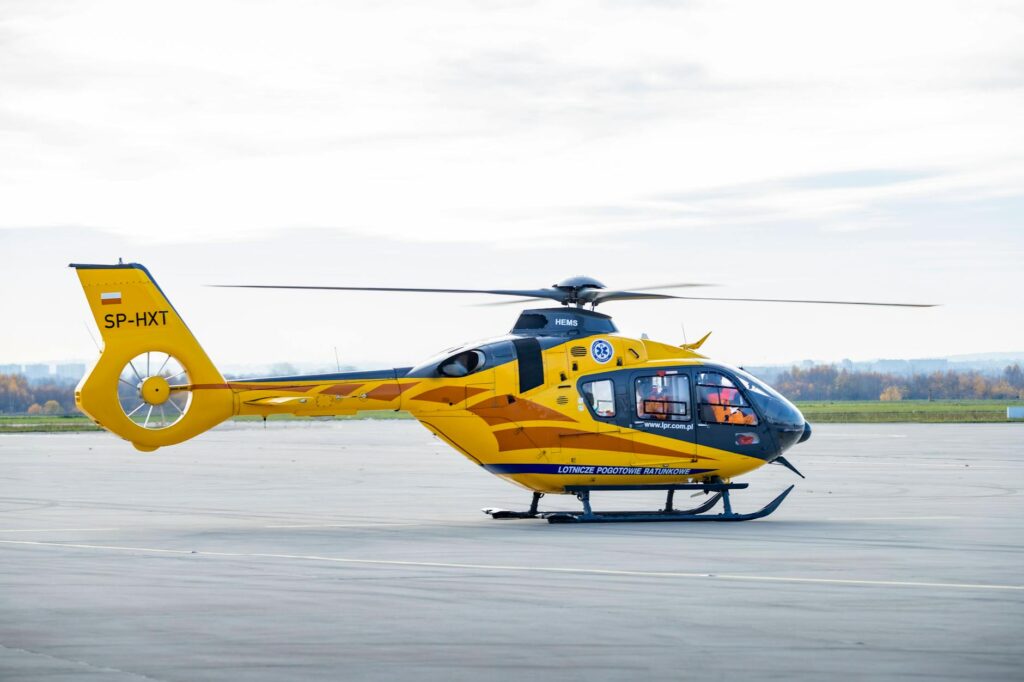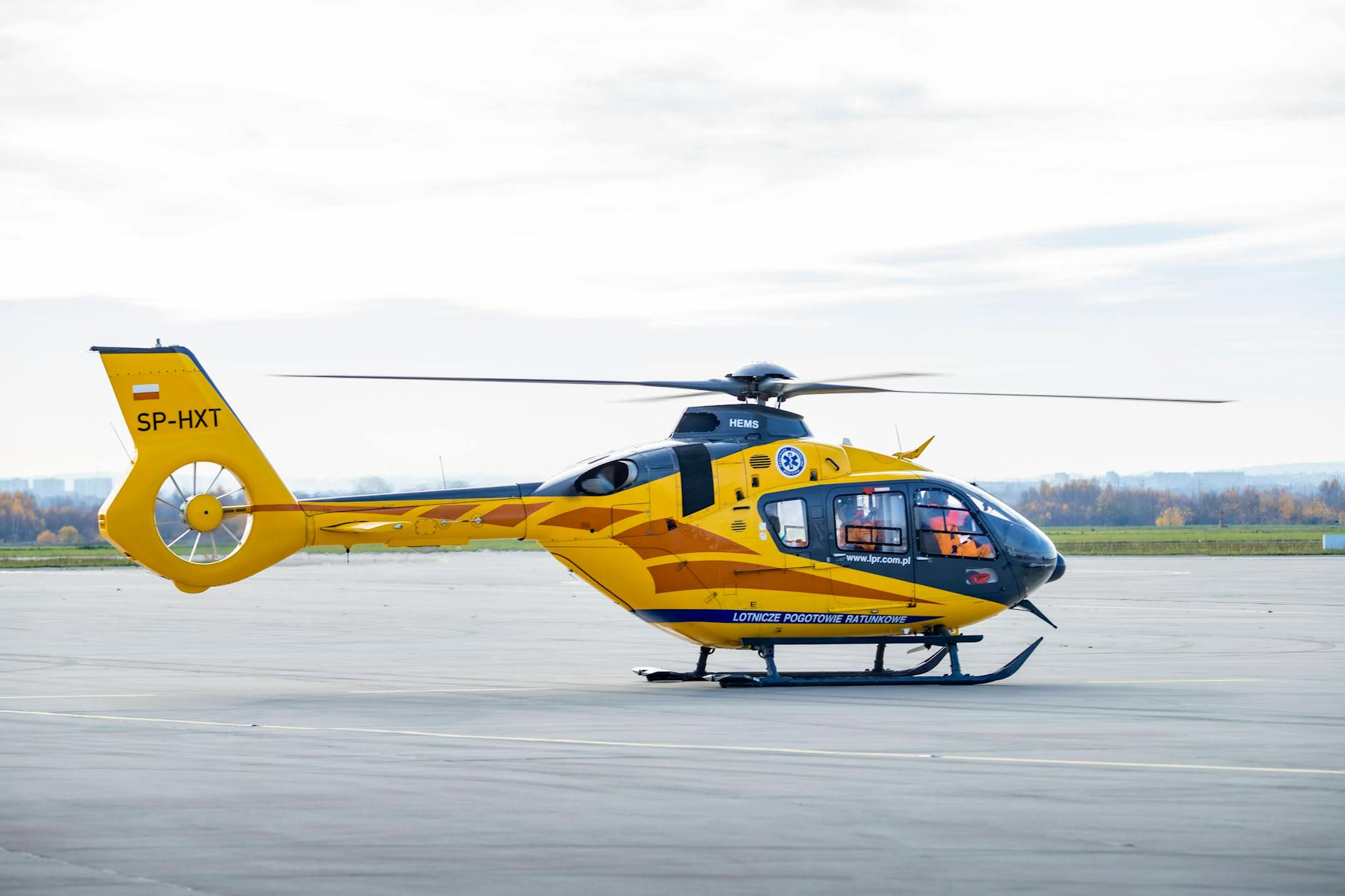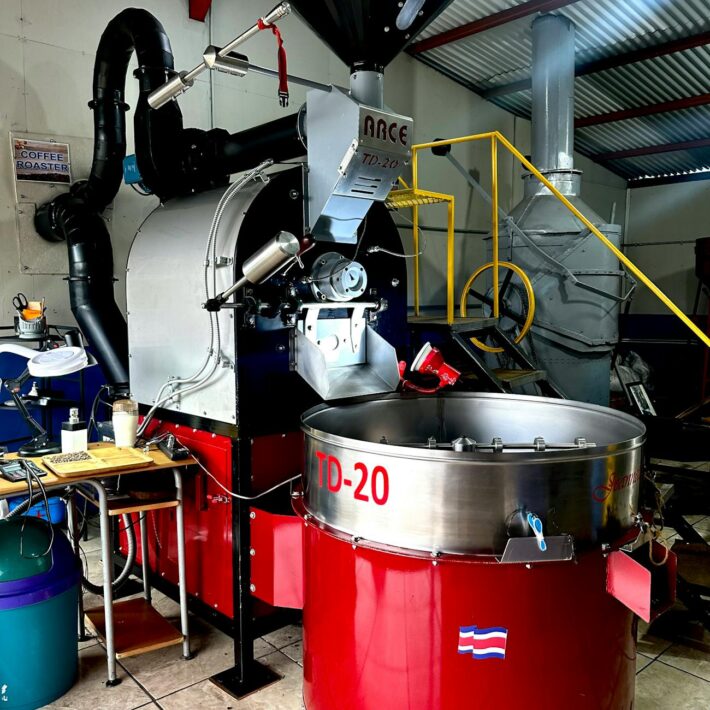Air Medical Helicopter Business Ideas to Start in 2024

Contents
Air Medical Helicopter Business Ideas to Start in 2024
Want a business that saves lives? Starting an air medical helicopter business in 2024 could be a rewarding and potentially lucrative venture. The demand for swift, specialized air medical transport is rising, creating a market niche for those willing to step up.
Air Medical Helicopter Business Types
Starting an air medical helicopter business can take many forms, each with its own target market and operational nuances. Consider these 15 distinct possibilities:
- Emergency Medical Services (EMS) Air Ambulances: These helicopters respond to life-threatening situations, providing rapid transport for critically injured patients.
- Air Ambulance Services: Offering a range of medical capabilities for non-emergency transports and transferring patients between facilities.
- Medical Transport Services: Focusing on transporting patients requiring specialized care, potentially including cardiac or neonatal cases.
- Patient Transfer Services: Transporting patients between hospitals, clinics, or rehabilitation centers.
- Search and Rescue Operations: Offering swift rescue services in remote areas for those in need of urgent help, including wilderness emergencies.
- Trauma Transport: Specializing in rapidly transporting trauma patients. This niche is in high demand, as trauma response times can make a significant difference in outcomes.
- Critical Care Transport: Focuses on transporting patients in need of advanced life support to specialized facilities, such as intensive care units.
- Cardiac Transport: Rapid transportation of patients experiencing cardiac emergencies, like heart attacks. This requires highly specialized medical equipment and crew.
- Neonatal Transport: Delivering newborns or infants needing immediate specialized care between facilities.
- Surgical Transport: Transporting patients requiring emergency surgical intervention to facilities with the needed capabilities.
- Disaster Response Operations: Equipped for deploying to disaster zones for immediate relief and rescue operations. This is a potentially high-impact area for impact.
- Remote Area Emergency Medical Services: Serving regions with limited or no access to traditional emergency care.
- Hospital-Based Air Medical Services: A collaborative effort between hospitals to provide fast patient transfers between their institutions.
- Specialized Air Medical Transport for Specific Medical Conditions: Catering to patients with specific medical needs, like those requiring highly specialized equipment.
- Air Medical Evacuation Services: Providing specialized air transport services, particularly for patients requiring specialized medical attention.
 Photo by Mohammed Mzabi
Photo by Mohammed Mzabi
The operational differences between these services are significant. Some might be a partnership, others might have to operate independently. Profitability also varies, based on factors like demand, service area, and scope of services provided.
Market Analysis and Feasibility
Understanding the market is crucial. Analyze areas with growing populations, limited ground transportation options, and a higher need for rapid response.
Essential Business Structures and Legal Considerations
Before taking flight, understand the legal landscape. Obtain necessary licenses, permits, and insurance, and select the right business structure (sole proprietorship, partnership, LLC). This ensures compliance and minimizes potential liability.
Operational Requirements and Logistics
Having the right team and equipment is essential. This includes certified pilots, experienced medical personnel, and robust aircraft maintenance and ground support. Establishing relationships with hospitals and healthcare providers to streamline operations is vital.
Marketing and Branding Strategy
Building a brand is key to attracting clients. A clear and strong brand identity, potentially including a professional logo, is a must. Strong marketing strategies including online presence, public relations, and networking will be instrumental to attracting clients. A compelling logo design helps create a visual identity that will resonate with the market.
Financial Projections and Investment Strategies
Creating accurate financial projections—startup costs, operating expenses, revenue estimations, and profitability analysis—is important for securing funding. Evaluate different investment options, from personal investment to seeking outside funding.
Technology Integration and Innovation
Utilize technology effectively. This may include telehealth integration, real-time patient tracking systems, advanced communications, and improved aircraft performance. Integrating these technologies will increase efficiency and maintain a competitive advantage. Real-time GPS location tracking is especially important for quick responses.
Staffing and Recruitment
Building a skilled team is essential. This requires finding and retaining skilled pilots, paramedics, nurses, and support staff. Develop a strong recruitment strategy, including emphasis on appropriate training and certifications, to ensure top-tier personnel.
Conclusion
Starting an air medical helicopter business in 2024 presents both challenges and exciting opportunities. A well-developed business plan is crucial for success. If done correctly, this potentially lucrative venture could save countless lives while providing a strong return on investment.

As our Chief SEO & Branding Strategist, Robert Ellison is a digital marketing visionary with over 25 years of experience transforming brands through smart, data-driven SEO and impactful storytelling. Known for his expertise in aligning technical SEO with authentic brand narratives, he leads our team in creating strategies that boost search rankings while building strong, sustainable brand identities. A trusted advisor and frequent industry speaker, Robert combines deep technical knowledge with creative insight, helping our clients not only reach the top of search results but also genuinely connect with their audiences.








